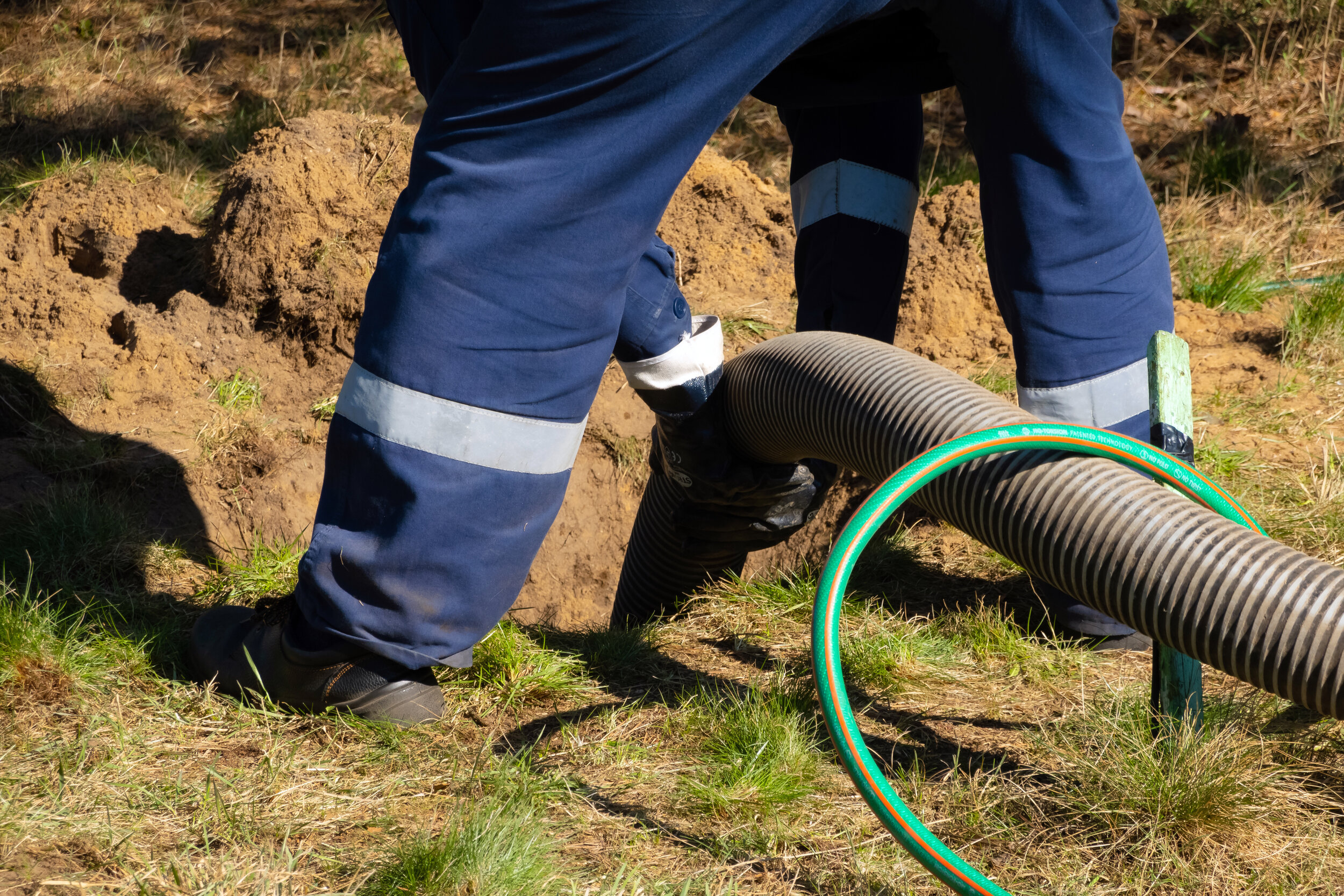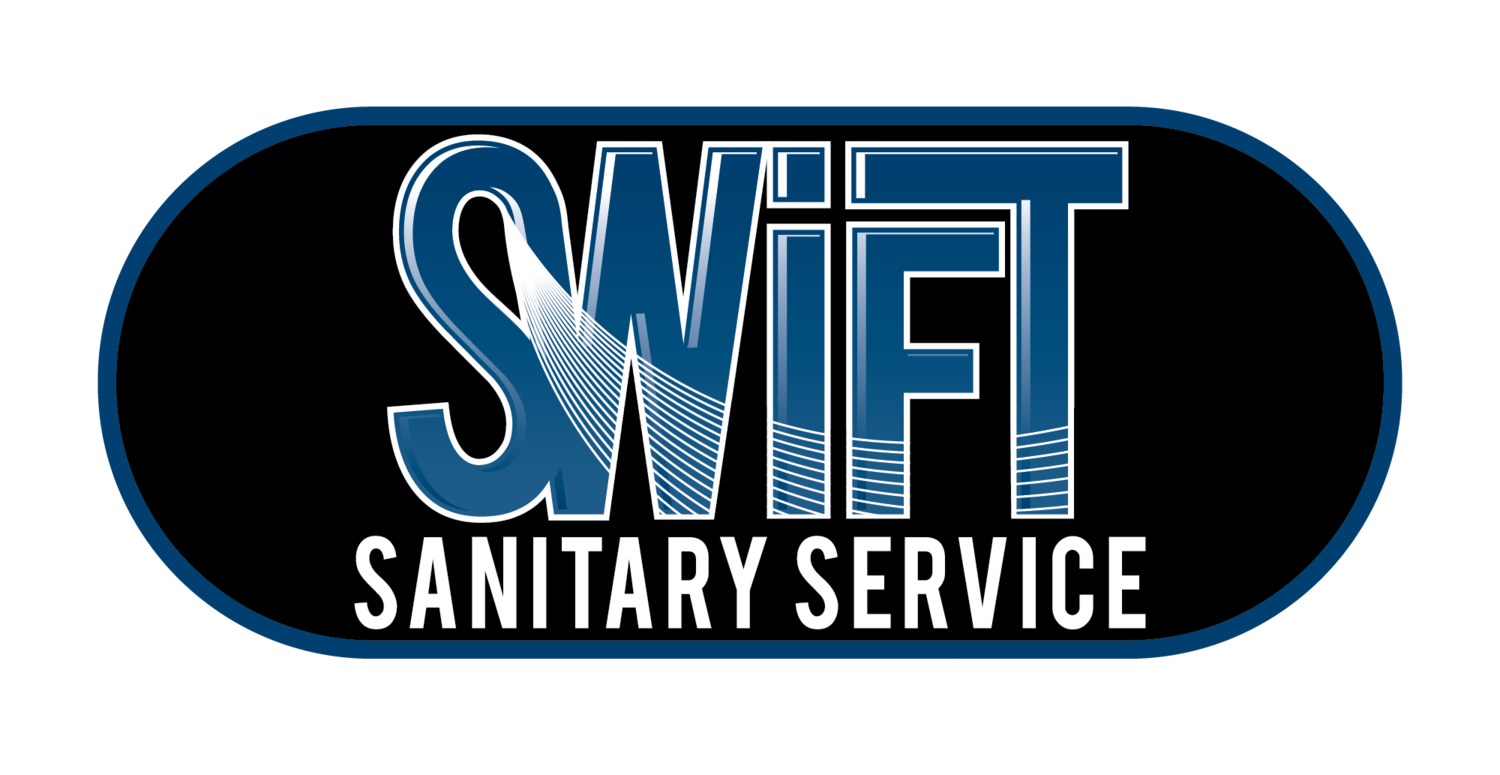
What you need to know about septic systems and service.
FAQ
How often should I have my septic tank serviced?
This depends on many factors, including how many people live in the house and water usage, but we recommend tank service on an annual basis.
Why do I need to service my septic tank?
Regular servicing helps prevent solids from building up in your septic field which can lead to septic failure.
How do I know if my tank is full?
Most tanks are a simple 2 compartment tank with one lid/access point. Open the lid, and you should be able to clearly see a dividing/baffle wall separating the 2 compartments. The side closest to your house is your "solid side", and the other is your "liquid side". In normal operations, the liquid side will be lower than the solid side, and the solid side will be near the top of the divider/baffle wall. If you cannot see the divider, or both sides are near the top, your tank may be full, and/or you may have pump or field issues. Contact us for assistance.
It's snowing out, can you still service my tank?
Yes, we work year round. Please make sure we have clear access to your septic tank and snow is cleared. We can take care of your septic needs in almost any condition.
I have a bad smell coming from a drain, is there a problem with my septic tank?
The most common cause of a bad smell coming from drains is their lack of use. Most drains are set up with a p-trap which is designed to hold water and prevent smells from your sewer pipe from coming back into your home.
Sometimes in guest bathrooms or areas seldom used, the water in these traps evaporates, and the odours from your sewer pipe drift into the room. The simple fix is to run some water down the drain and fill the p-trap.
How a septic tanks work
A septic tank is an underwater sedimentation tank used for wastewater treatment through the process of biological decomposition and drainage.
A septic system has a simple design. It is an underground watertight container made of fiberglass, plastic or concrete and typically have a capacity of 1000 to 2000 gallons.
There are two chambers in the tank, separated by a partial wall. Waste flows from the house into the larger chamber. Solids settle to the bottom, and liquids make their way over the partial wall into the smaller second chamber.
Naturally occurring bacteria digest the solids, turning them into the water, carbon dioxide, and a small portion of indigestible material.
Do
Clean pump filter regularly
Know the location and capacity of your septic tank system
Have your septic tank pumped regularly
Install the system so that rainfall and surface water will flow away from the drain field or septic tank. Water from a roof should not discharge onto the drain field or septic tank
Grow only grass or small plants above the system, never grow large trees as the tree roots can plug up the lines
Keep toilet and faucet fixtures in good repair to prevent water leakage
Install an alarm system
Don’t
Use antibacterial soap as it kills necessary bacteria to help breakdown waste
Flush paper towels, newspapers, wrapping paper, rags or sticks into the system
Allow large volumes of clear water into the system, such as a leaking toilet or faucet
Over-use ordinary household cleaning chemicals that will be flushed into the system
Allow grease or other bulky waste to enter the system
Flush toxic materials such as pesticides into the system
Allow reverse osmosis systems to drain into the field
Allow vehicles to drive across the drain field (protect it from being crushed)
Waste water in general
Warning Signs
If you are experiencing any of these issues, you may have a septic tank or lagoon issue and require pumping services.
Sluggishness when flushing toilet
Plumbing backups
Gurgling sounds in the plumbing
Noxious odors inside or outside
Low spots beginning to appear in the yard (even if none of the above symptoms have occurred)
Alarm system notification

